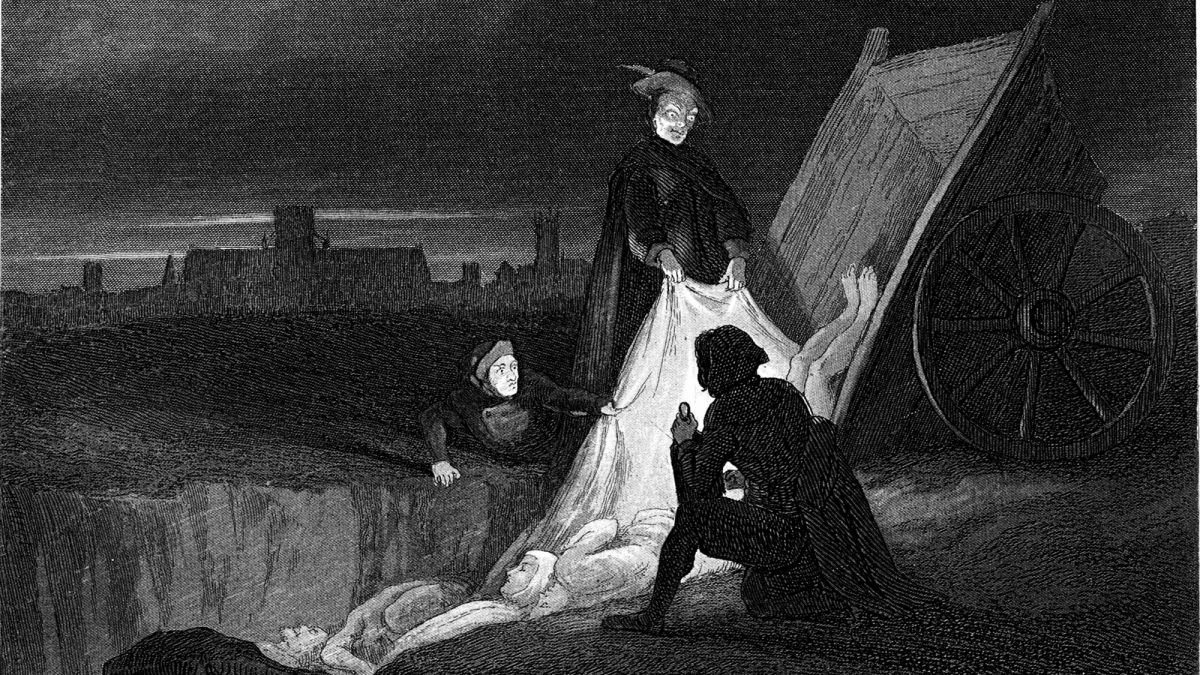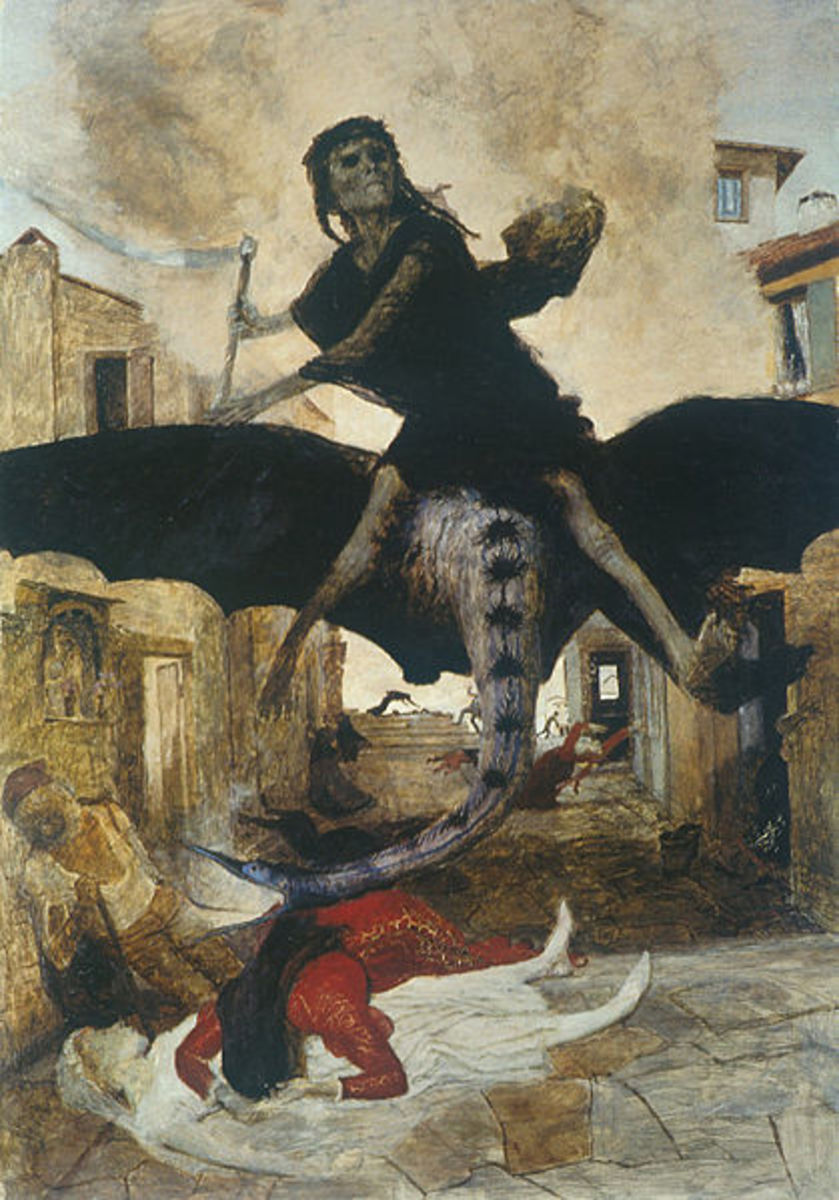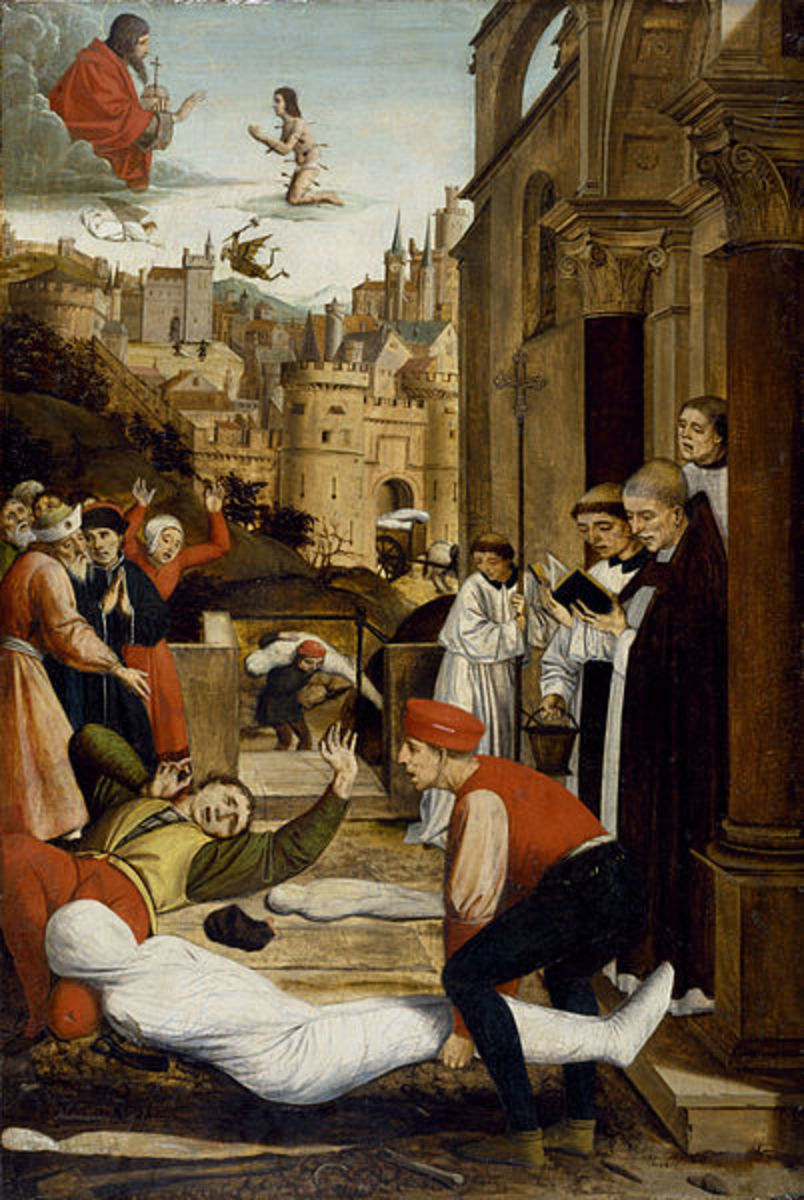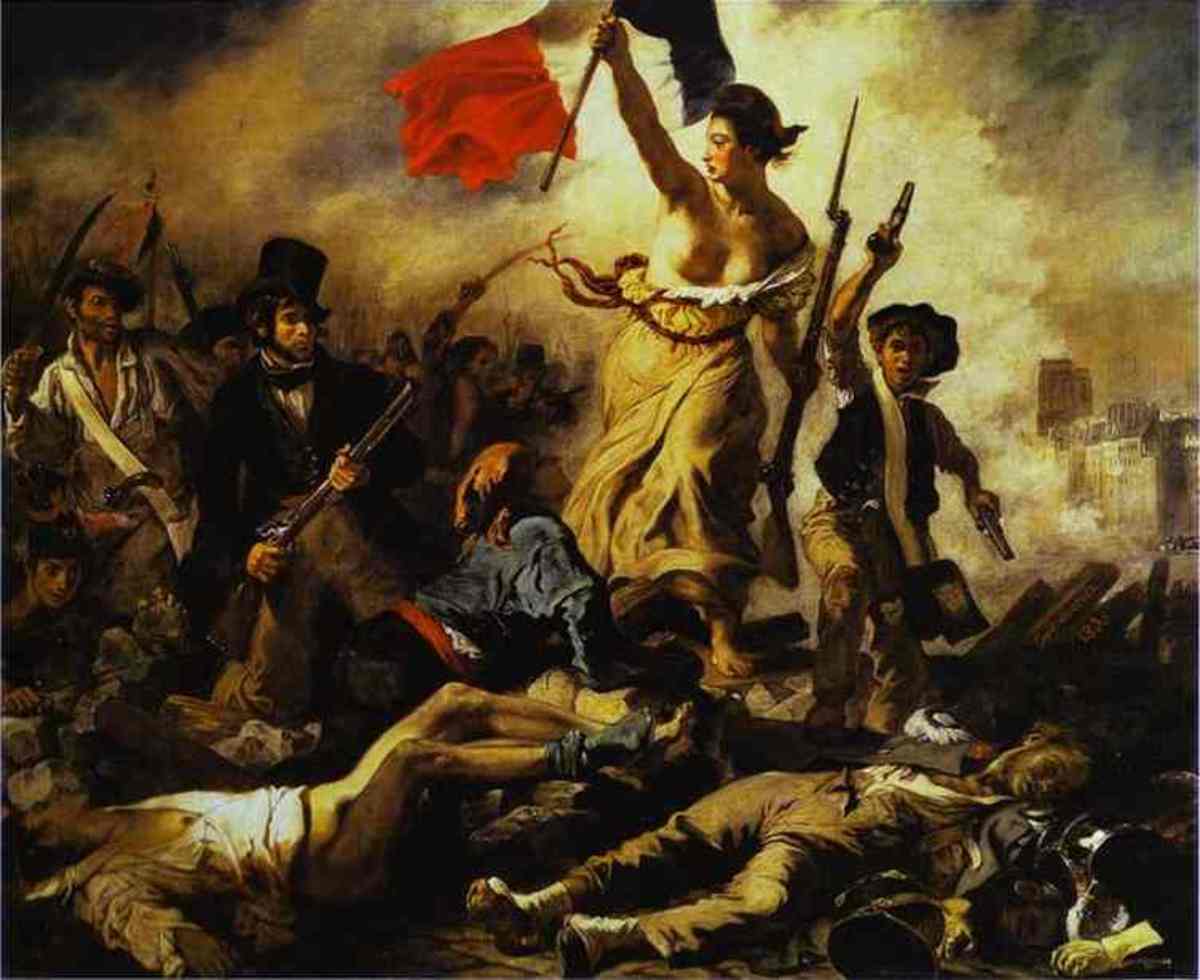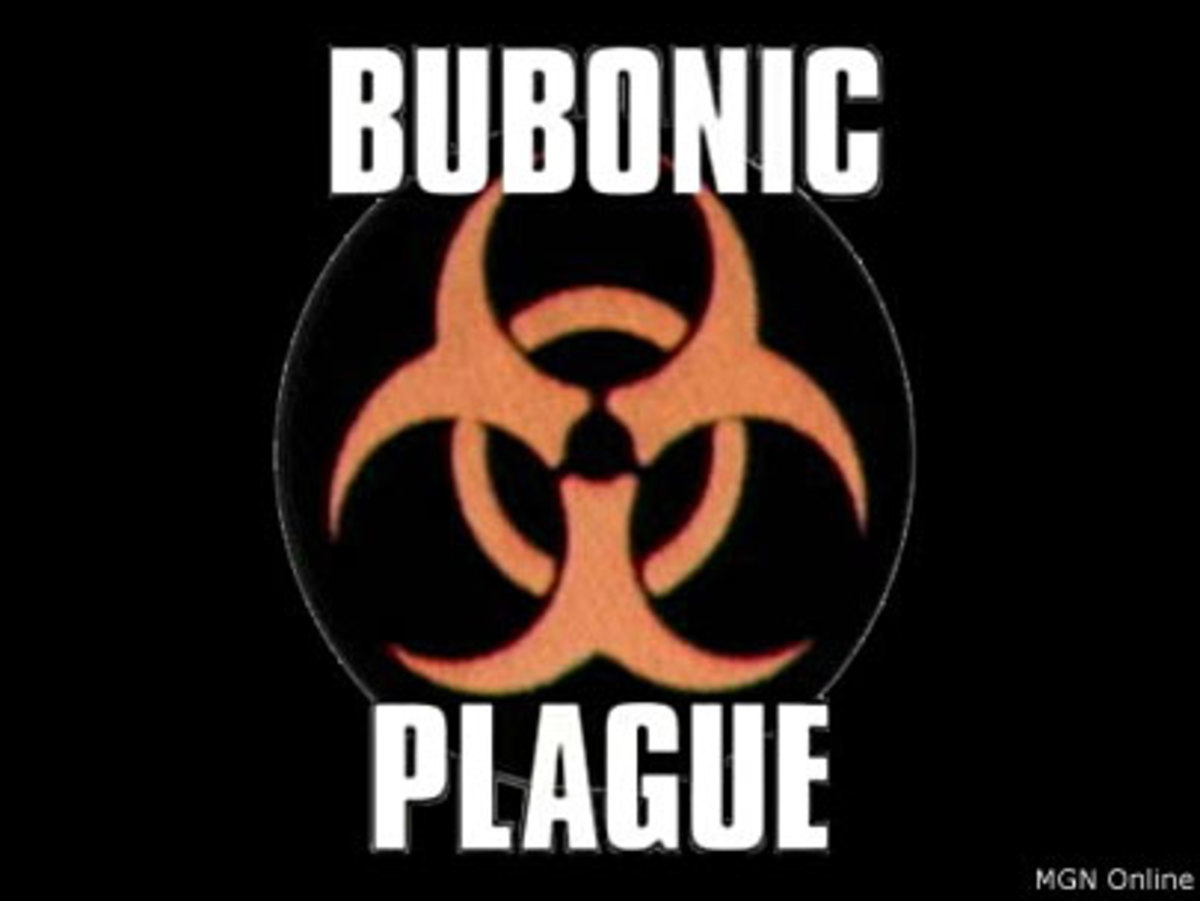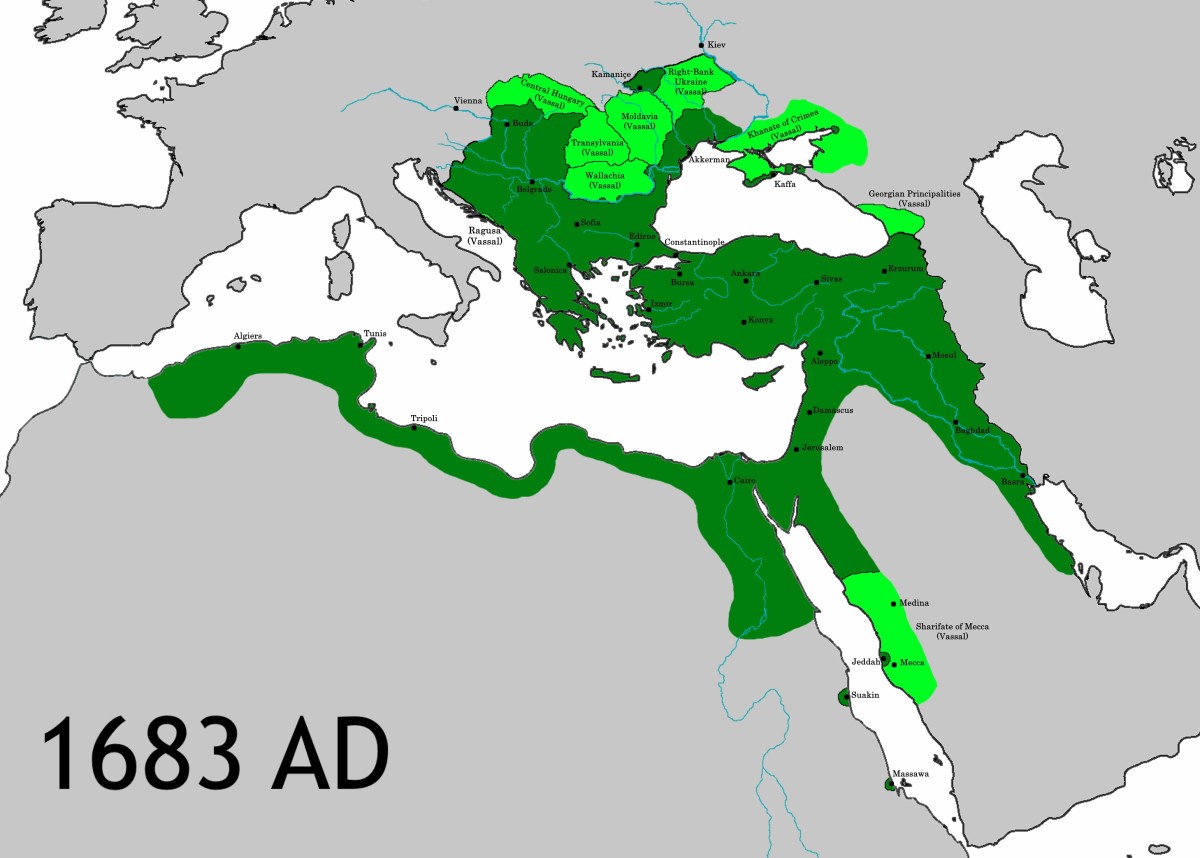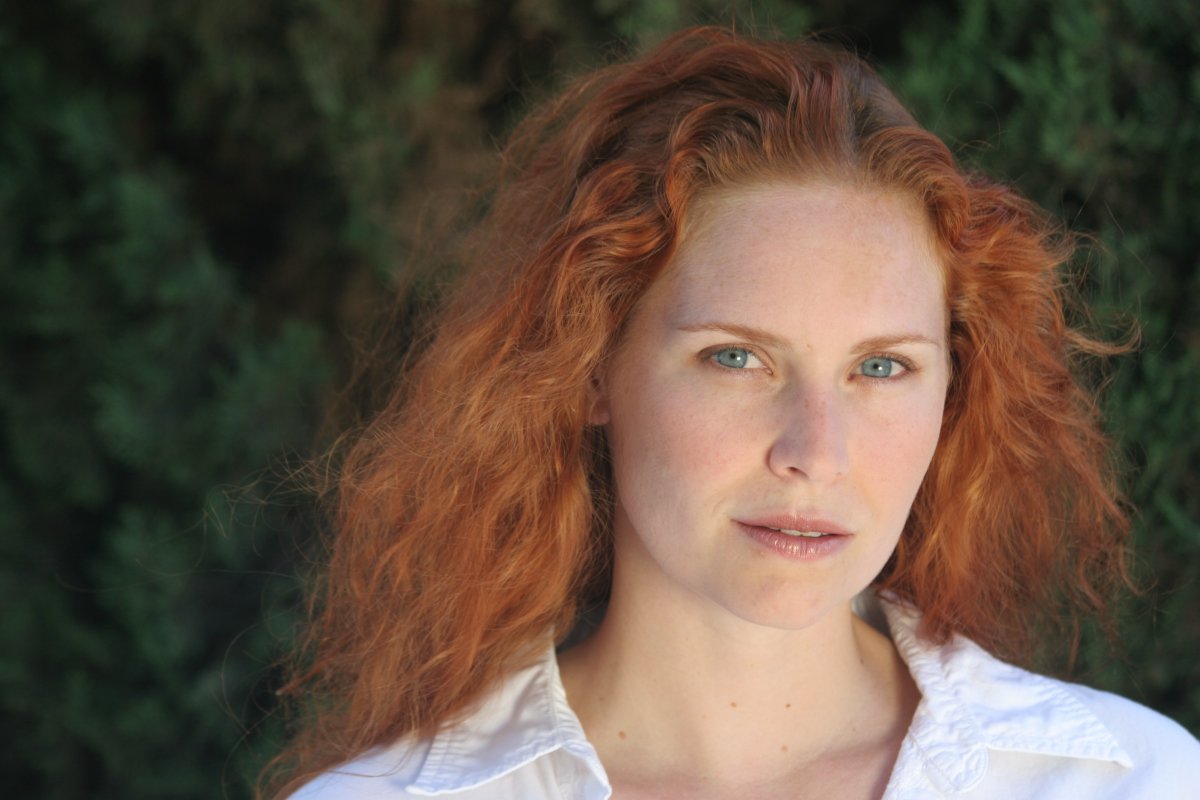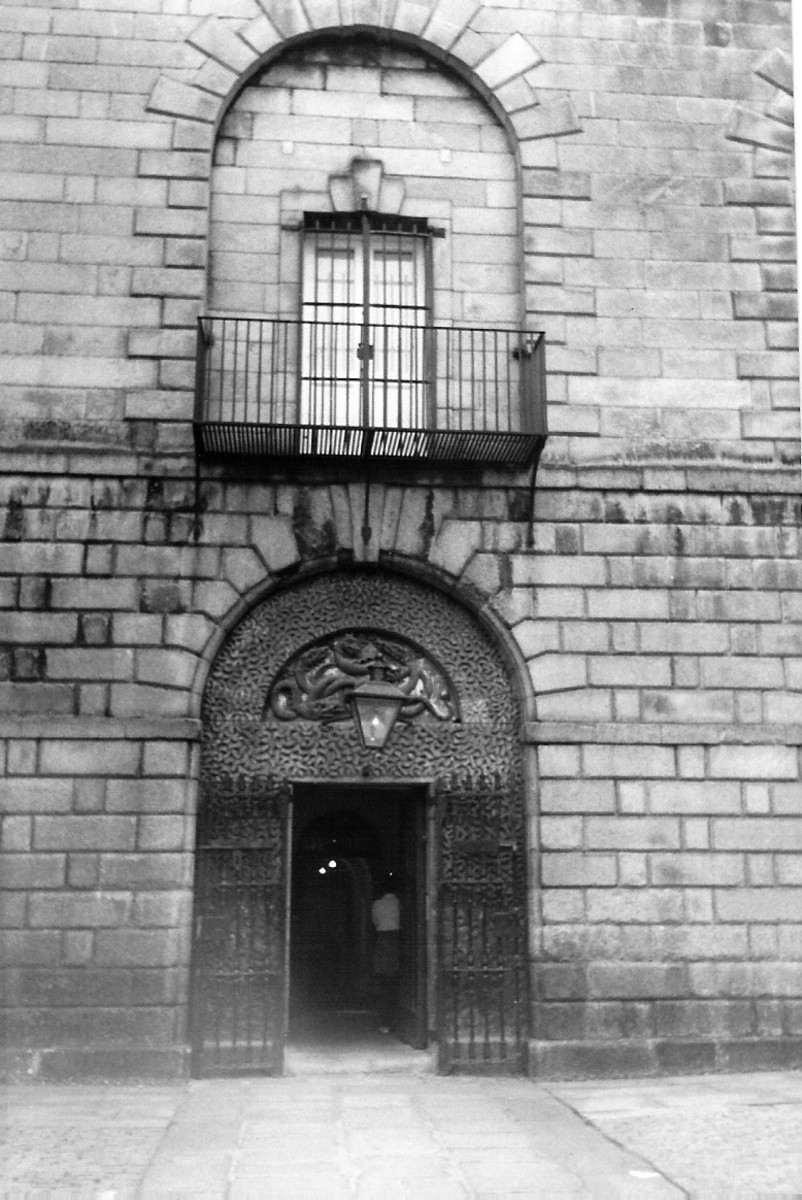The Fundamental Effect of the Black Death
When the Black Death reached its climax and swept through Europe, it left no area of society untouched. There were effects everywhere including cities, rural areas, every social structure, and religious and non-religious areas. Nothing was protected from the deadly disease that bombed the Middle Ages.
This was a disease that didn't care who its victims were. The poor and royalty were attacked. The ones in the city and in the country faced death. It did not discriminate.
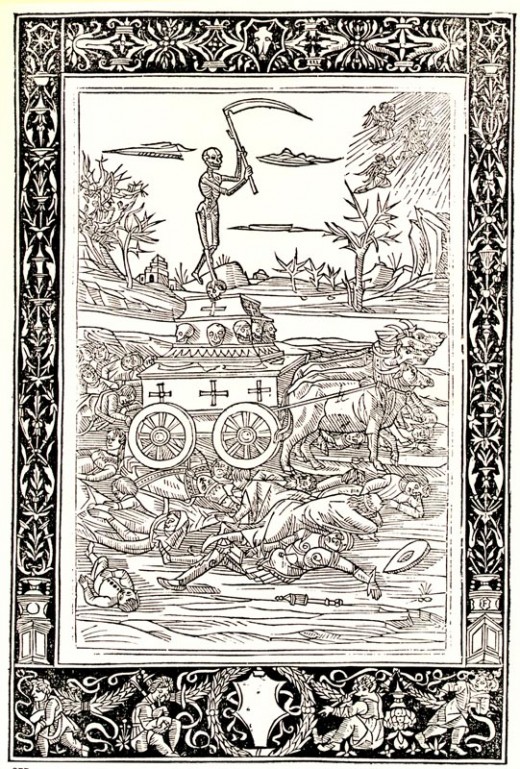
What Was the Black Death?
The Black Death is also known as the Plague. It was a disease that spread throughout Europe like nothing ever before or since. Variations of the disease were not uncommon but mostly was found in small pockets. A few larger epidemics were recorded, but the Black Death was the worst Europe ever saw.
No one was immune from its reaches. No walls could block its entrance. It was a bacteria carried by the fleas of rats that infested all of Europe. These rats had access to every inch of the land and all the buildings within. Fleas jumped from animal to person to person.
In less than a week, someone exposed to the virus came down with the deadly symptoms. The first signs were nothing to be extremely worried about though during that time what we dismiss as nothing much as something big: headache, fever, weakness, stomach pains. The skin would turn black as it died, thus giving it the name of Black Death. Death soon followed.
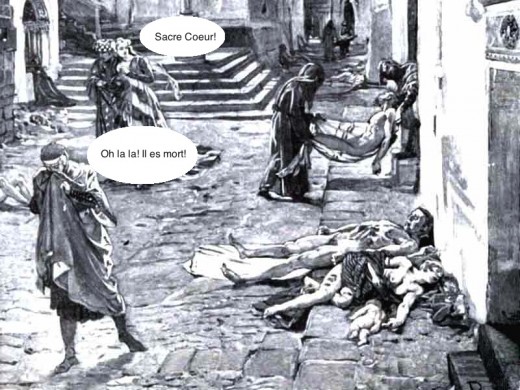
So Much Death
About “a third of Europe’s population in twenty years” was eliminated. (1) To have one out of three people die, left no family untouched. The dead were heaped up as there were no room in the graveyards.
This sudden decrease in population meant that the church felt 30% of their members go to the hereafter. Money and works were found to be missing.
All of the labor forces lost 30% of their workers that produced the products that brought prosperity to the areas. There was already an economic depression throughout Europe that the Black Death intensified. (2)
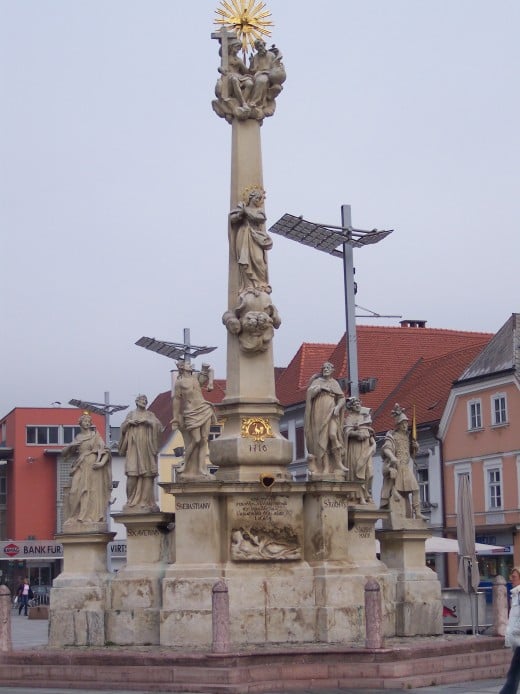
Economical Impact
Morale from economic bad times is low enough. Every society goes through them and suffer through it until the economy rebounds. The Black Death brought the morale even lower than a normal bad economy. Fear filled Europe as people shied from the horror of potential “contamination by the putrefying bodies.” (3) No war or Papal edict would be able to affect the masses as the Black Death. No person or decree could create such fear.
The Black Death brought the economy down further, changed the economic map of Europe, cleared out towns and farms, depleted work forces, and even killed off many of the domesticated animals that Europe depended on to survive. (4) In some areas, work came to a complete stop due to the lack of labor. Food was not harvested timely. The world was trying to grind to a stop as death marched on.
While few could function in making a living, landlords still demanded their rent...if they were still alive. Finding food and security was hard to come by especially if you were low on funds and unable to acquire any.
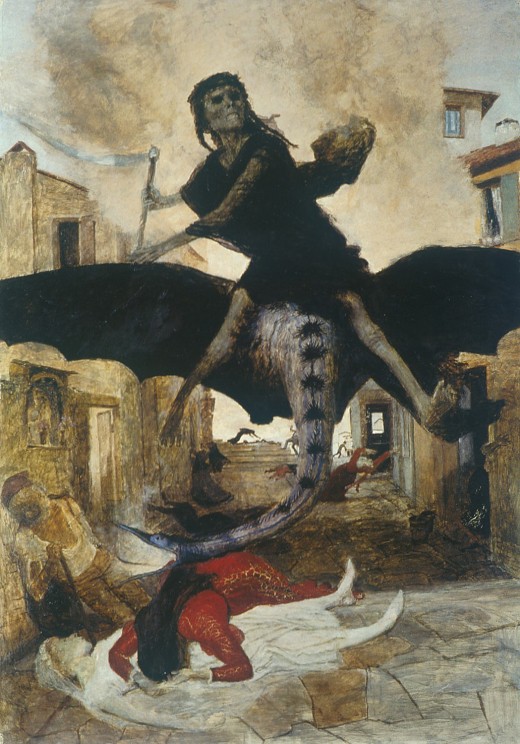
Religious
The Church nearly looked like it was dying. Attendance was low. Even the devout feared going among others in case of catching the disease. That also meant the coffers were low. This was a big impact within the religious community and the economy as the Church was a major player in it.
The Plague hit most people one of two ways. Either they turned more to their faith to get them through the terrible times or they turned away from a God they believe to have deserted them. The Church was to see a large impact on all aspects of its organization.
In the end, the Black Death affected more of the morale of Europe than it affected anything else. Seeing loved ones die with no help coming from anywhere including the Church, watching the young and the old give into the disease, and knowing that the world that they knew would change completely did more to the masses than anything else. The most fundamental effect was the low morale that touched the Pope down to the lowest peasant.
Sources:
(1) Norman F. Cantor, The Civilization of the Middle Ages, (New York: Harper Perennial, 1994), 477.
(2) Ibid, 477.
(3) Boccaccio, “The Decameron – Introduction”, Medieval Sourcebook, accessed March 23, 2011, http://www.fordham.edu/halsall/source/boccacio2.html.
(4) Cantor, 478.

